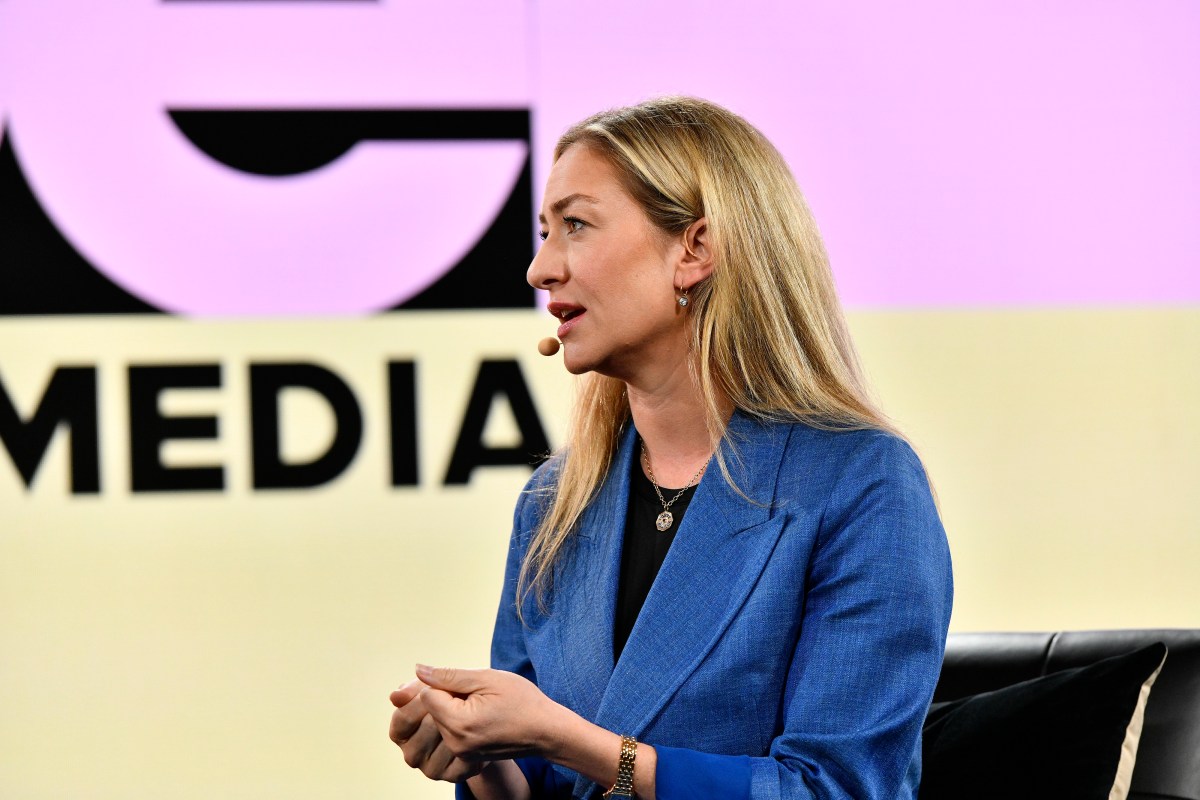Sleep Architecture as Code: A Developer's Framework for Cognitive Optimization While Parenting
I was staring at my own code from last week, completely unable to remember why I'd written it. It was 2pm on a Tuesday, and my code reviewer was waiting for an explanation of an authentication flow I'd designed. Four hours of fragmented sleep had left my brain in kernel panic mode. As a senior developer and tech lead, I couldn't explain my own design decisions from seven days ago. This wasn't an isolated incident. My cognitive performance had been degrading for months since my second child was born. The breaking point came during a deployment when I missed a critical security vulnerability in our payment system that a junior developer caught – an error that would have allowed malicious actors to intercept password reset tokens and take over user accounts. This wasn't just about being tired anymore. This was a critical failure that could have cost the company millions and possibly my job. I needed a solution that worked in the real world – with a 3-year-old and a 4-month-old at home. I tried the standard solutions first: Caffeine pipeline optimization (just made me jittery AND foggy) Focus techniques & productivity systems Supplements that seemed more about expensive placebo than real effects None worked because I was addressing the symptoms, not the underlying architecture. Rethinking Sleep as a System Problem Most developers think about sleep like a simple resource pool - just accumulate enough hours and you're good to go. But that's completely wrong. Sleep quality and architecture matter more than total hours. Your sleep isn't one continuous state. Instead, it cycles through different stages throughout the night, each serving a specific purpose for cognitive function: // Sleep cycle stages and their cognitive functions const sleepArchitecture = { lightSleep: { percentage: 0.5, // ~50% of total sleep time functions: ['memory_consolidation', 'pattern_recognition'] }, deepSleep: { percentage: 0.2, // ~20% of total sleep time functions: ['logical_reasoning', 'system_maintenance'] }, remSleep: { percentage: 0.25, // ~25% of total sleep time functions: ['creative_connections', 'emotional_regulation'] }, distribution: { firstHalf: 'deep_sleep_dominant', secondHalf: 'rem_sleep_dominant' } }; Research seems to indicate that six hours of properly structured sleep could produce better cognitive performance than eight hours of fragmented, inconsistent sleep. This insight resonated with my engineering mindset. The problem wasn't a resource shortage (sleep quantity) but a system architecture issue (sleep quality). Just as I would approach a performance bottleneck in a distributed system, I needed to identify the critical components and optimize their interactions rather than simply adding more resources. The Five Component Architecture After weeks of research into sleep science and self-experimentation, I identified five core components that form a cohesive framework, each addressing a specific system function: Primary Clock Signal: Consistent wake time (system synchronization) High-Bandwidth Synchronization: Morning light exposure (signal processing) Threshold Function Optimization: Darkness management (input filtering) Resource Accumulation Management: Sleep drive (resource allocation) System State Transition Protocol: Night disruption handling (error recovery) Component #1: Primary Clock Signal (Consistent Wake Time) Engineering Principle: Your brain runs on complex hormone feedback loops that use wake time as the primary initialization trigger. Inconsistent wake times are like randomly changing your database server's clock several times a week. // Effect of wake time consistency on system performance function wakeTimeImpact(variabilityMinutes) { // How consistent is the wake time (0-1 scale) const consistency = Math.max(0, 1 - (variabilityMinutes / 120)); // Effect on key hormone systems (0-100 scale) const hormones = { // Morning activation signal cortisol: { peak: 70 + (consistency * 30), rhythm: 50 + (consistency * 50) }, // Evening sleep signal melatonin: { timing: 100 - (30 * (1 - consistency)), // Higher = better production: 65 + (consistency * 35) }, // Energy regulation thyroid: { efficiency: 60 + (consistency * 40) }, // Metabolic stability insulin: { sensitivity: 60 + (consistency * 40), stability: 50 + (consistency * 50) } }; // Cognitive impact metrics (0-100 scale) const brain = { focus: 50 + (hormones.cortisol.peak * 0.2) + (hormones.insulin.stability * 0.3), memory: 40 + (hormones.cortisol.rhythm * 0.3) + (hormones.thyroid.efficiency * 0.2), creativity: 55 + (hormones.melatonin.production * 0.2) + (hormones.insulin.sensitivity * 0.1) }; return { hormones, brain }; } // Compare variable vs consistent wake times console.log("Variable (±90min):", wakeTimeImpa

I was staring at my own code from last week, completely unable to remember why I'd written it.
It was 2pm on a Tuesday, and my code reviewer was waiting for an explanation of an authentication flow I'd designed. Four hours of fragmented sleep had left my brain in kernel panic mode. As a senior developer and tech lead, I couldn't explain my own design decisions from seven days ago.
This wasn't an isolated incident. My cognitive performance had been degrading for months since my second child was born. The breaking point came during a deployment when I missed a critical security vulnerability in our payment system that a junior developer caught – an error that would have allowed malicious actors to intercept password reset tokens and take over user accounts.
This wasn't just about being tired anymore. This was a critical failure that could have cost the company millions and possibly my job. I needed a solution that worked in the real world – with a 3-year-old and a 4-month-old at home.
I tried the standard solutions first:
- Caffeine pipeline optimization (just made me jittery AND foggy)
- Focus techniques & productivity systems
- Supplements that seemed more about expensive placebo than real effects
None worked because I was addressing the symptoms, not the underlying architecture.
Rethinking Sleep as a System Problem
Most developers think about sleep like a simple resource pool - just accumulate enough hours and you're good to go. But that's completely wrong.
Sleep quality and architecture matter more than total hours.
Your sleep isn't one continuous state. Instead, it cycles through different stages throughout the night, each serving a specific purpose for cognitive function:
// Sleep cycle stages and their cognitive functions
const sleepArchitecture = {
lightSleep: {
percentage: 0.5, // ~50% of total sleep time
functions: ['memory_consolidation', 'pattern_recognition']
},
deepSleep: {
percentage: 0.2, // ~20% of total sleep time
functions: ['logical_reasoning', 'system_maintenance']
},
remSleep: {
percentage: 0.25, // ~25% of total sleep time
functions: ['creative_connections', 'emotional_regulation']
},
distribution: {
firstHalf: 'deep_sleep_dominant',
secondHalf: 'rem_sleep_dominant'
}
};
Research seems to indicate that six hours of properly structured sleep could produce better cognitive performance than eight hours of fragmented, inconsistent sleep.
This insight resonated with my engineering mindset. The problem wasn't a resource shortage (sleep quantity) but a system architecture issue (sleep quality). Just as I would approach a performance bottleneck in a distributed system, I needed to identify the critical components and optimize their interactions rather than simply adding more resources.
The Five Component Architecture
After weeks of research into sleep science and self-experimentation, I identified five core components that form a cohesive framework, each addressing a specific system function:
- Primary Clock Signal: Consistent wake time (system synchronization)
- High-Bandwidth Synchronization: Morning light exposure (signal processing)
- Threshold Function Optimization: Darkness management (input filtering)
- Resource Accumulation Management: Sleep drive (resource allocation)
- System State Transition Protocol: Night disruption handling (error recovery)
Component #1: Primary Clock Signal (Consistent Wake Time)
Engineering Principle: Your brain runs on complex hormone feedback loops that use wake time as the primary initialization trigger. Inconsistent wake times are like randomly changing your database server's clock several times a week.
// Effect of wake time consistency on system performance
function wakeTimeImpact(variabilityMinutes) {
// How consistent is the wake time (0-1 scale)
const consistency = Math.max(0, 1 - (variabilityMinutes / 120));
// Effect on key hormone systems (0-100 scale)
const hormones = {
// Morning activation signal
cortisol: {
peak: 70 + (consistency * 30),
rhythm: 50 + (consistency * 50)
},
// Evening sleep signal
melatonin: {
timing: 100 - (30 * (1 - consistency)), // Higher = better
production: 65 + (consistency * 35)
},
// Energy regulation
thyroid: {
efficiency: 60 + (consistency * 40)
},
// Metabolic stability
insulin: {
sensitivity: 60 + (consistency * 40),
stability: 50 + (consistency * 50)
}
};
// Cognitive impact metrics (0-100 scale)
const brain = {
focus: 50 + (hormones.cortisol.peak * 0.2) + (hormones.insulin.stability * 0.3),
memory: 40 + (hormones.cortisol.rhythm * 0.3) + (hormones.thyroid.efficiency * 0.2),
creativity: 55 + (hormones.melatonin.production * 0.2) + (hormones.insulin.sensitivity * 0.1)
};
return { hormones, brain };
}
// Compare variable vs consistent wake times
console.log("Variable (±90min):", wakeTimeImpact(90));
console.log("Consistent (±15min):", wakeTimeImpact(15));
Implementation: I set a non-negotiable 6:30am wake-up time, 7 days a week, using my son's natural wake time as an anchor. The real challenge wasn't the weekday wake-ups (which I was doing anyway), but eliminating weekend "catch-up" sleep.
Counter-Intuitive Insight: Consistency matters more than trying to catch up on sleep. Weekend sleep-ins essentially create "social jet lag" – as if you're flying between time zones every weekend.
Component #2: High-Bandwidth Synchronization (Morning Light)
Engineering Principle: Morning sunlight provides a high-bandwidth data transfer to your circadian system. Indoor lighting delivers ~200-500 lux (a low-bandwidth connection), while outdoor light delivers 10,000-25,000 lux (gigabit fiber).
This synchronization affects timing mechanisms in virtually every cell in your body. Without it, your internal systems desynchronize – like microservices running on different timezones.
// Morning light signal bandwidth comparison
|------------|-----------------|-------------------|
| Signal Type | Bandwidth (lux) | Latency |
|------------|-----------------|-------------------|
| Indoor LED | 200-500 | High (weak signal) |
| Indoor CFL | 300-700 | High (weak signal) |
| Cloudy Day | 1,000-5,000 | Medium |
| Sunny Day | 10,000-25,000 | Low (strong signal)|
|------------|-----------------|-------------------|
// Example synchronization effect
function circadianSync(morningLightExposure) {
const minEffectiveExposure = 1000; // lux
const optimalExposure = 10000; // lux
// Calculate synchronization strength
let syncStrength = 0;
if (morningLightExposure >= minEffectiveExposure) {
syncStrength = Math.min(1,
(morningLightExposure - minEffectiveExposure) /
(optimalExposure - minEffectiveExposure));
}
return {
circadianPhase: syncStrength > 0.5 ? "properly_aligned" : "drifting",
systemCoherence: 0.3 + (syncStrength * 0.7),
cognitiveImpact: syncStrength > 0.7 ? "significant" : "minimal"
};
}
Implementation: Immediately after waking, I'd go outside with my son for 5-10 minutes, even in January when it was 28°F. We made it into a game: "sun hunters" looking for the brightest spot in our yard.
Counter-Intuitive Insight: The same blue light we're told to avoid at night is essential in the morning. Most developers install blue light blockers on devices and use night mode settings, yet completely miss the critical importance of morning blue light exposure for calibrating our circadian rhythm.
Component #3: Threshold Function Optimization (Darkness Management)
Engineering Principle: Light detection and melatonin suppression operate on a hypersensitive threshold function with a sigmoid response curve. Even 1-2 lux (a smartphone notification) can trigger cascading suppression effects.
// Melatonin suppression by light exposure model
function calculateMelatoninSuppression(luxLevel) {
// Parameters for sigmoid response curve
const threshold = 5; // lux
const steepness = 0.3;
// Sigmoid function to model the threshold response
const suppressionPercentage = 100 / (1 + Math.exp(-steepness * (luxLevel - threshold)));
// Calculate effective melatonin production
const normalProduction = 100; // baseline units
const effectiveProduction = normalProduction * (1 - (suppressionPercentage / 100));
return {
suppressionPercentage: suppressionPercentage.toFixed(1) + '%',
effectiveProduction: effectiveProduction.toFixed(1) + ' units',
sleepImpact: effectiveProduction < 75 ? 'significant disruption' : 'minimal'
};
}
// Examples of different light sources
console.log("Smartphone notification:", calculateMelatoninSuppression(1.5));
// Output: {suppressionPercentage: '25.9%', effectiveProduction: '74.1 units', sleepImpact: 'significant disruption'}
console.log("Night light:", calculateMelatoninSuppression(10));
// Output: {suppressionPercentage: '81.8%', effectiveProduction: '18.2 units', sleepImpact: 'significant disruption'}
Implementation: I needed to optimize darkness while acknowledging the reality of sharing a room with a 3-year-old. After a methodical "darkness audit" of our bedroom, I implemented a two-phase approach:
Phase 1 (My son's bedtime at 8:00pm):
- Added blackout blinds overlapped with curtains to eliminate external light
- Used electrical tape over all device LEDs (router, monitor, smoke detector)
- Placed a simple touch battery-operated night light next to our bed for his bedtime reading
- Read with him until he fell asleep, then turned off the night light
Phase 2 (My bedtime at 10:00pm):
- Put phones on do not disturb and kept them face-down
- Used my digital watch as a minimal light source for bathroom breaks
- Maintained complete darkness for my actual sleep period
Counter-Intuitive Insight: The most important factor is darkness during your actual sleep cycle, not necessarily during the entire night. The phased approach lets you optimize your environment when it matters most while accommodating a child's needs.
Component #4: Resource Accumulation Management (Sleep Drive)
Engineering Principle: Adenosine (your primary sleep pressure molecule) accumulation works like a buffer that must reach a threshold. Caffeine works by blocking adenosine receptors, effectively spoofing your brain's sleep pressure detection system.
// Adenosine accumulation and caffeine impact model
function modelAdenosineSystem(wakeHours, caffeineConsumption) {
const results = [];
let adenosineLevel = 10; // Starting level when you wake
// Make a copy of the caffeine consumption array to avoid modifying the original
const coffeeEvents = caffeineConsumption.map(coffee => ({
consumedAtHour: coffee.consumedAtHour,
strengthMg: coffee.strengthMg,
remainingEffect: 0 // Will be set when consumed
}));
// For each hour of the day
for (let hour = 0; hour < wakeHours; hour++) {
// Base accumulation rate (arbitrary units)
adenosineLevel += 5;
// Process caffeine impact if consumed this hour
let perceivedLevel = adenosineLevel;
coffeeEvents.forEach(coffee => {
if (coffee.consumedAtHour === hour) {
// Track this caffeine dose for remaining hours
coffee.remainingEffect = coffee.strengthMg;
}
// Apply masking effect from all active caffeine
if (coffee.remainingEffect > 0) {
// Caffeine masks adenosine but doesn't remove it
const maskingEffect = coffee.remainingEffect * 0.3; // How effectively caffeine blocks adenosine
perceivedLevel = Math.max(0, perceivedLevel - maskingEffect);
// Apply caffeine half-life (roughly 5-6 hours)
coffee.remainingEffect *= 0.89; // ~0.89^6 ≈ 0.5
}
});
// Record results
results.push({
hour,
timeOfDay: `${hour + 6}:00`, // Assuming wake at 6am for readability
actualAdenosine: Math.round(adenosineLevel),
perceivedAdenosine: Math.round(perceivedLevel),
sleepPressure: perceivedLevel > 70 ? "High" :
perceivedLevel > 30 ? "Medium" : "Low",
alertnessImpact: perceivedLevel < 30 ? "Alert" :
perceivedLevel < 70 ? "Neutral" : "Drowsy"
});
}
return results;
}
// Simulating a day with morning vs afternoon coffee
const morningOnlyCoffee = [
{ consumedAtHour: 2, strengthMg: 150 } // 8am coffee (hour 2 after 6am wake)
];
const withAfternoonCoffee = [
{ consumedAtHour: 2, strengthMg: 150 }, // 8am coffee (hour 2 after 6am wake)
{ consumedAtHour: 9, strengthMg: 100 } // 3pm coffee (hour 9 after 6am wake)
];
// Compare the bedtime state with different coffee patterns
const morningResults = modelAdenosineSystem(16, morningOnlyCoffee);
const afternoonResults = modelAdenosineSystem(16, withAfternoonCoffee);
console.log("Bedtime with morning coffee only:", morningResults[15]); // Hour 15 = 9pm
console.log("Bedtime with added 3pm coffee:", afternoonResults[15]);
Implementation: I focused on two critical aspects:
Proper Caffeine Management:
- Limited coffee to before noon only
- Switched to half-caf for my morning cup
- Tracked sleep quality correlation with caffeine timing using sleep tracking
- Used alternative pick-me-ups for afternoon energy dips
Sleep Drive Preservation:
- Eliminated daytime naps completely
- Used NSDR (Non-Sleep Deep Rest) protocols during afternoon energy dips
- Maintained consistent physical activity levels throughout the day
For NSDR, I follow Dr. Andrew Huberman's protocol that achieves many of the restorative benefits of a nap without clearing adenosine accumulation. Think of it as manually triggering garbage collection without initiating a full system shutdown.
Counter-Intuitive Insight: Afternoon coffee might not prevent you from falling asleep initially, but it significantly reduces deep sleep quality in the first sleep cycles—precisely when your brain performs critical maintenance operations. The effects persist far longer than the noticeable "buzz."
Component #5: System State Transition Protocol (Night Disruption Handling)
Engineering Principle: Each awakening forces a complete system state transition with substantial restoration overhead. It's like trying to restore from a snapshot – the operation requires 15-30 minutes of physiological processes to return to deep sleep.
// Sleep disruption overhead model
function calculateDisruptionCost(awakeningDuration, stateTransitionProtocol) {
// Base transition overhead in minutes
const baseReturnToDeepSleep = 25; // Minutes to return to deep sleep
// Protocol efficiency factor (0-1 scale)
const protocolEfficiency = stateTransitionProtocol ? 0.6 : 0;
// Calculate actual return time with protocol
const actualReturnTime = baseReturnToDeepSleep * (1 - protocolEfficiency);
// Calculate total sleep architecture impact
const totalDisruptionCost = awakeningDuration + actualReturnTime;
// Calculate deep sleep loss
const deepSleepPercentLost = Math.min(100,
(totalDisruptionCost / 90) * 100);
return {
awakeTime: awakeningDuration + ' minutes',
returnToSleepTime: actualReturnTime.toFixed(1) + ' minutes',
totalDisruptionCost: totalDisruptionCost.toFixed(1) + ' minutes',
deepSleepCycleImpact: deepSleepPercentLost.toFixed(1) + '% lost'
};
}
// Example: 5 minute wake-up with/without protocol
console.log("Without protocol:", calculateDisruptionCost(5, false));
// {awakeTime: "5 minutes", returnToSleepTime: "25.0 minutes",
// totalDisruptionCost: "30.0 minutes", deepSleepCycleImpact: "33.3% lost"}
console.log("With protocol:", calculateDisruptionCost(5, true));
// {awakeTime: "5 minutes", returnToSleepTime: "10.0 minutes",
// totalDisruptionCost: "15.0 minutes", deepSleepCycleImpact: "16.7% lost"}
Implementation: I created a dedicated "night disruption protocol" for handling both child wake-ups and occasional work on-call alerts:
Environment Setup:
- Set up a specific area with minimal light (red-spectrum only)
- Used an e-book reader with front-lit e-ink display for night reading
- Made key preparations for my son: water bottle and potty within easy reach
- Kept interactions minimal and voice at whisper level during disruptions
Rapid Return-to-Sleep Protocol:
- Specific body position upon returning to bed (on back initially)
- 4-7-8 breathing pattern (inhale for 4 counts, hold for 7, exhale for 8)
- Focus attention on physical sensations rather than thoughts
- Quick body scan, deliberately relaxing each muscle group
- Visualize saving work problems to a "tomorrow file" if mind wanders
For work alerts, I configured all notifications with red color schemes, minimal information density, and created templated responses for common issues to minimize mental load. The biggest sleep killer wasn't the alert itself, but the cascading thoughts that would follow.
Counter-Intuitive Insight: Most people focus exclusively on initial sleep onset but completely ignore the more important skill for parents and on-call engineers: efficiently returning to sleep after disruptions.
System Performance Metrics
After three weeks of implementing these components—even imperfectly amid the chaos of family life—I noticed measurable improvements:
Engineering Performance:
- System architecture capabilities returned (could hold entire system models in my head again)
- Edge case and failure scenario detection improved significantly
- Bug identification time decreased by approximately 40%
- Creative problem-solving speed increased dramatically
Family Performance:
- Emotional regulation expanded (more patience for my son's endless dinosaur stories)
- Context-switching between work-mode and dad-mode became smoother
- Relationship communication improved (actual conversation vs. grunting responses)
The improvements weren't miraculous – my son still had nightmares, my daughter still needed night feedings. But the investment in optimizing sleep quality was one of the highest-ROI changes I've ever made as a parent and an engineer.
Why Engineers Make Excellent Sleep System Designers
Being both a software engineer and a parent gave me advantages in solving this problem:
- Systems thinking: Approaching sleep as an interconnected system rather than isolated components
- Constraint navigation: Adding "consistent wake time + unpredictable child" as another constraint to optimize around
- Incremental debugging: Changing one variable at a time to monitor results
These aren't groundbreaking scientific discoveries – they're practical applications of engineering principles to a biological problem. The approach won't eliminate all sleep challenges of parenting, but it creates a more resilient system that maintains cognitive performance despite inevitable disruptions.
No system is perfect. But some systems are more resilient than others.
Discussion
Have you applied engineering principles to other biological or lifestyle problems? I'd be interested to hear how other developers have approached similar optimizations.
Want to implement this framework yourself? Get the free 14-day Tech Dad Sleep Reset program with detailed implementation guides at techdadreset.com/sleep-program.











































































































































































![[The AI Show Episode 146]: Rise of “AI-First” Companies, AI Job Disruption, GPT-4o Update Gets Rolled Back, How Big Consulting Firms Use AI, and Meta AI App](https://www.marketingaiinstitute.com/hubfs/ep%20146%20cover.png)















































































































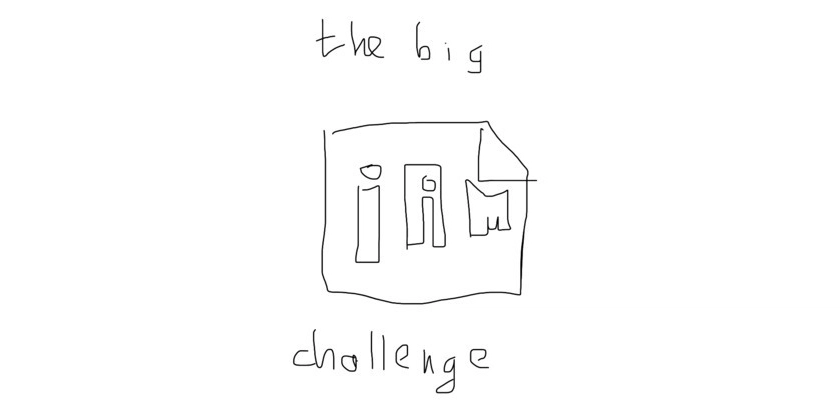












![[FREE EBOOKS] Offensive Security Using Python, Learn Computer Forensics — 2nd edition & Four More Best Selling Titles](https://www.javacodegeeks.com/wp-content/uploads/2012/12/jcg-logo.jpg)



![Ditching a Microsoft Job to Enter Startup Purgatory with Lonewolf Engineer Sam Crombie [Podcast #171]](https://cdn.hashnode.com/res/hashnode/image/upload/v1746753508177/0cd57f66-fdb0-4972-b285-1443a7db39fc.png?#)

























































































































































































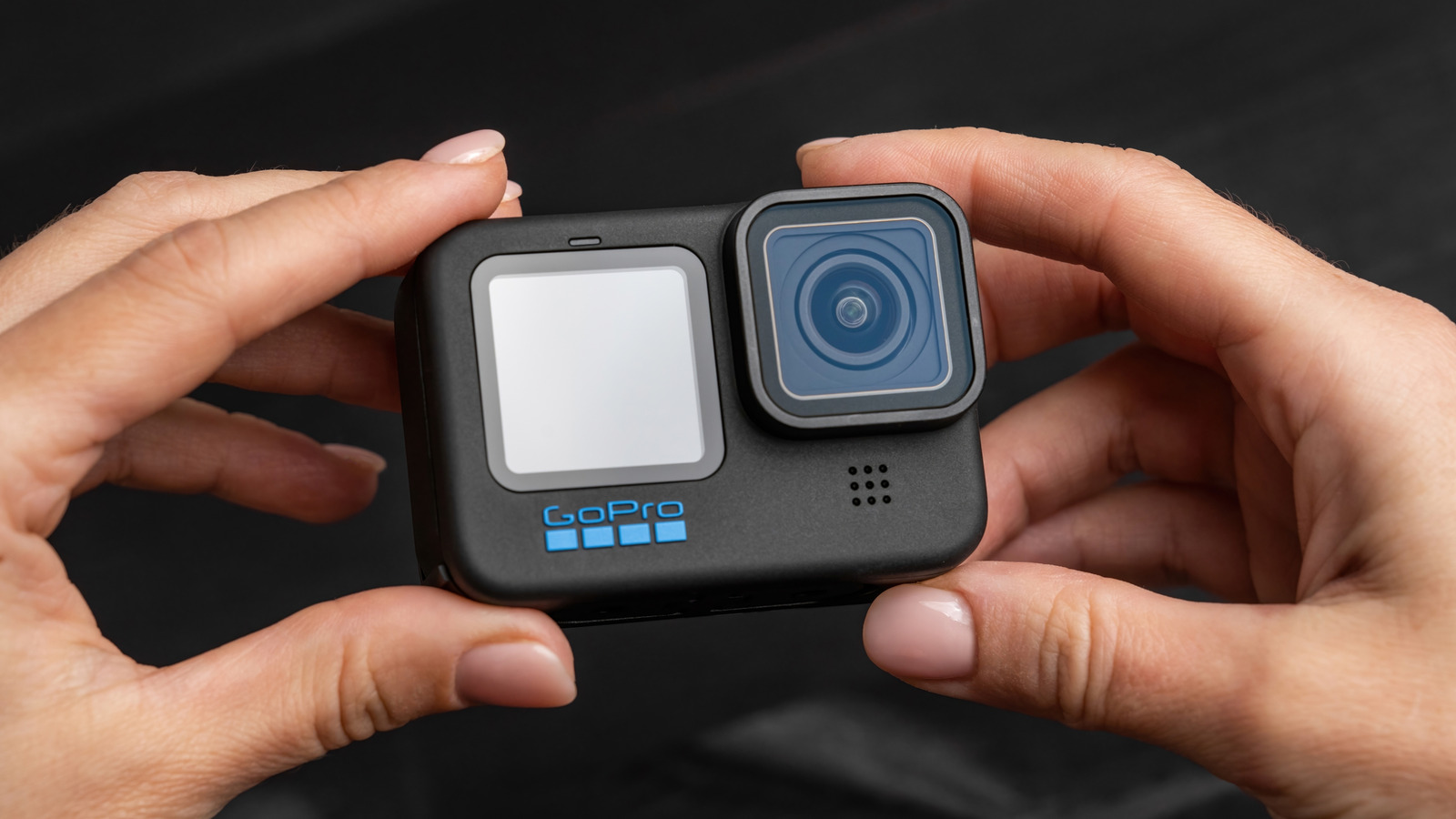







































-xl.jpg)





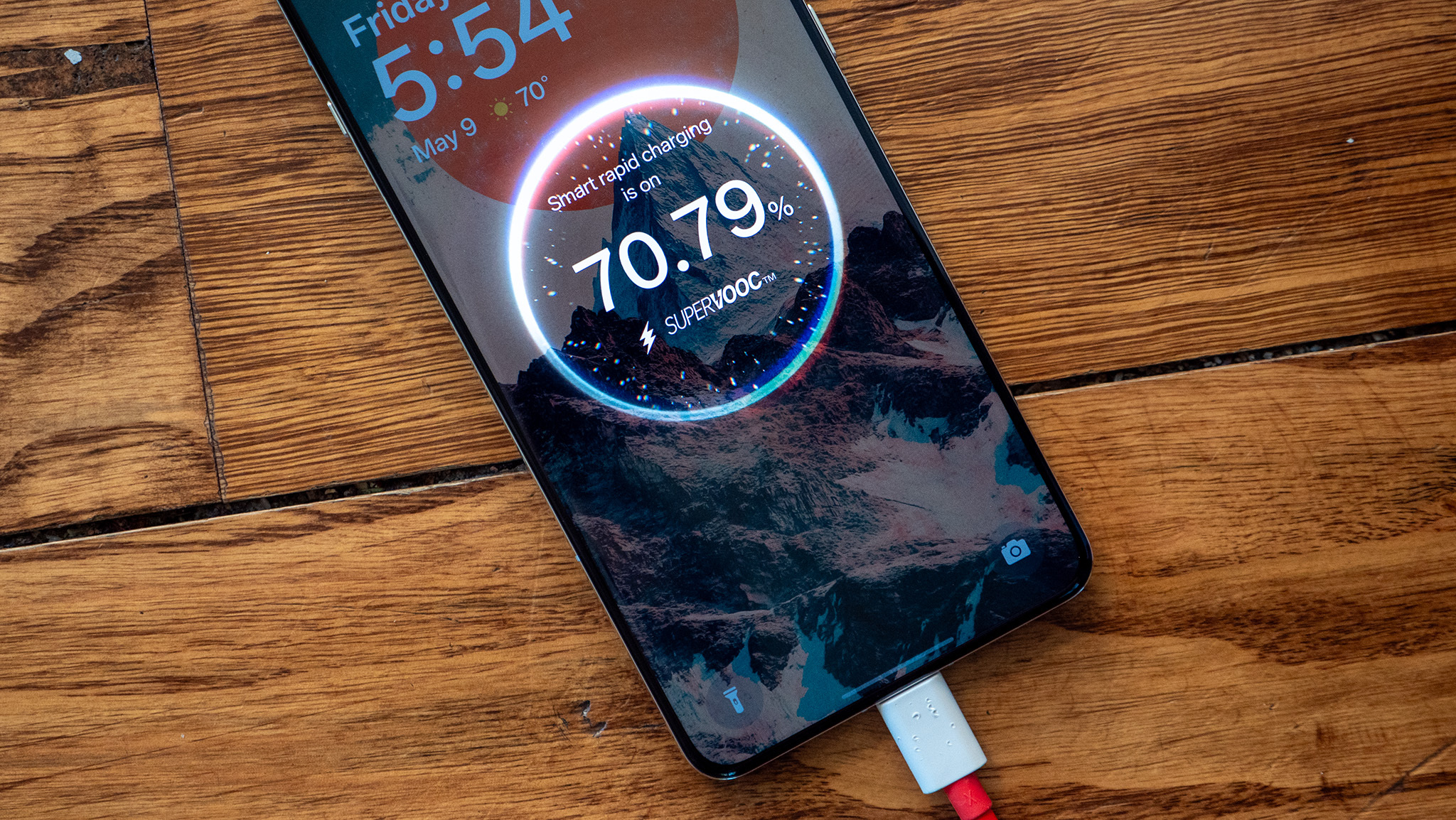






















![Beats Studio Buds + On Sale for $99.95 [Lowest Price Ever]](https://www.iclarified.com/images/news/96983/96983/96983-640.jpg)

![New iPad 11 (A16) On Sale for Just $277.78! [Lowest Price Ever]](https://www.iclarified.com/images/news/97273/97273/97273-640.jpg)


















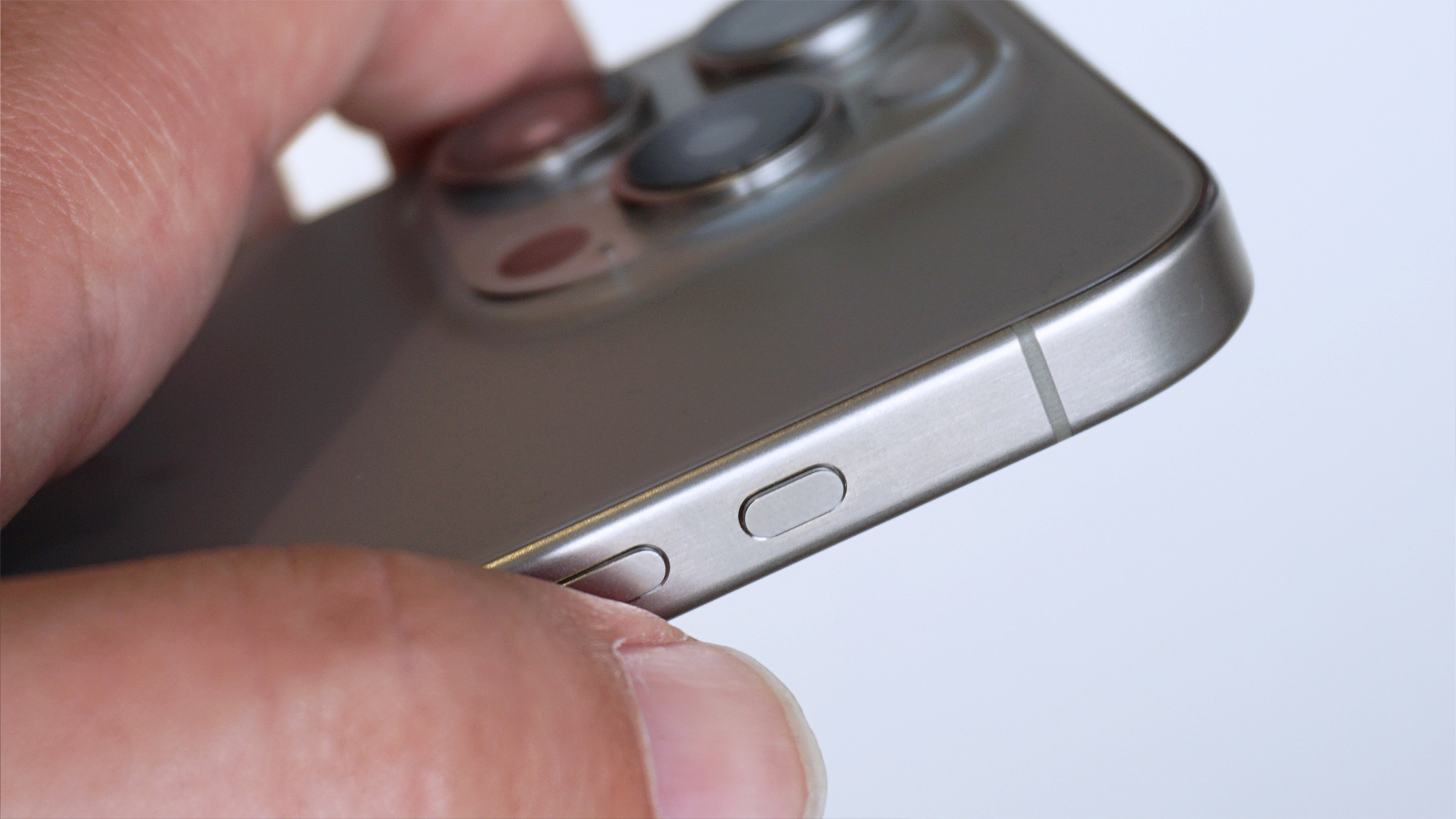



















![Apple's 11th Gen iPad Drops to New Low Price of $277.78 on Amazon [Updated]](https://images.macrumors.com/t/yQCVe42SNCzUyF04yj1XYLHG5FM=/2500x/article-new/2025/03/11th-gen-ipad-orange.jpeg)



![[Exclusive] Infinix GT DynaVue: a Prototype that could change everything!](https://www.gizchina.com/wp-content/uploads/images/2025/05/Screen-Shot-2025-05-10-at-16.07.40-PM-copy.png)



![T-Mobile discontinues a free number feature but a paid alternative exists [UPDATED]](https://m-cdn.phonearena.com/images/article/170235-two/T-Mobile-discontinues-a-free-number-feature-but-a-paid-alternative-exists-UPDATED.jpg?#)

















